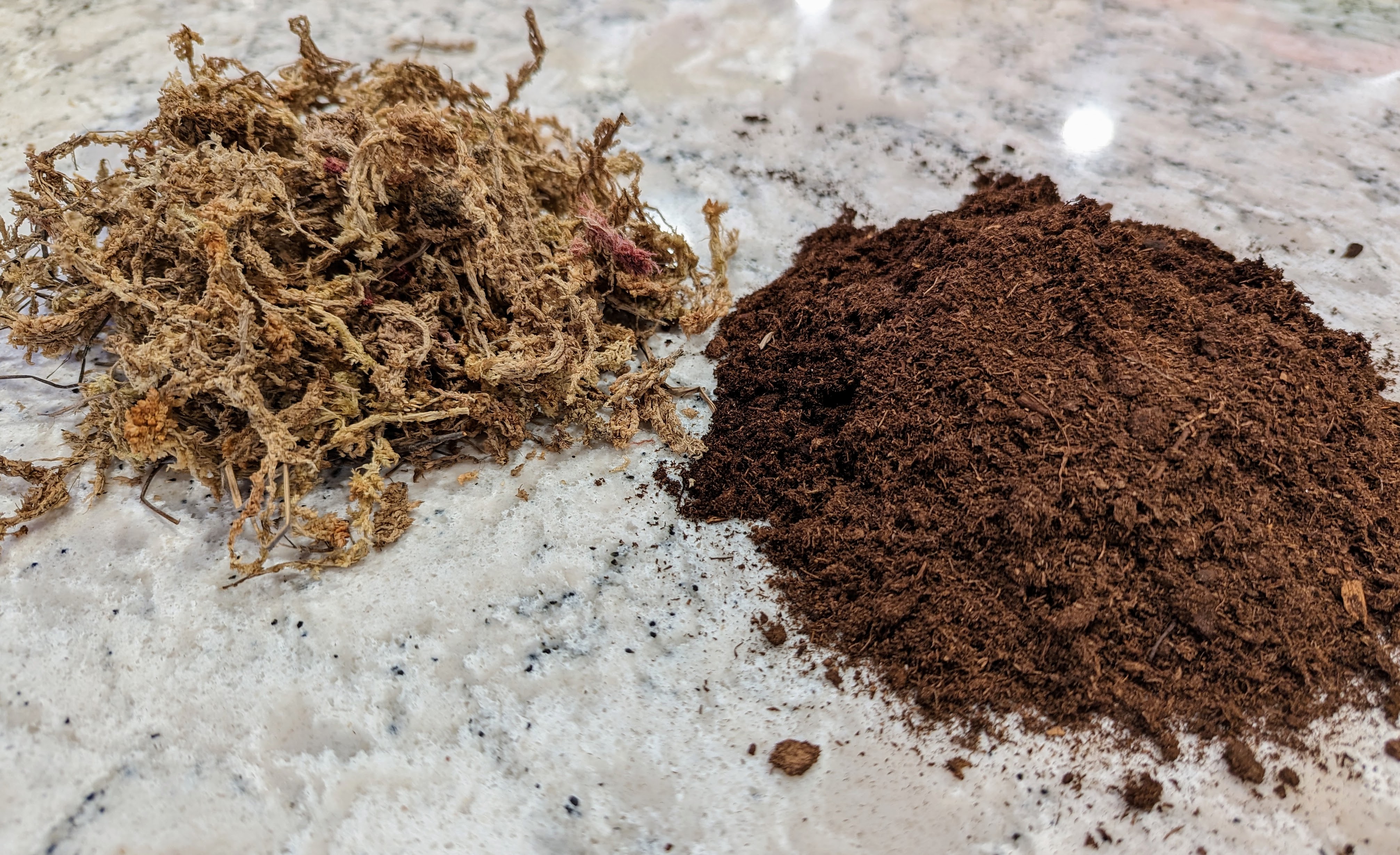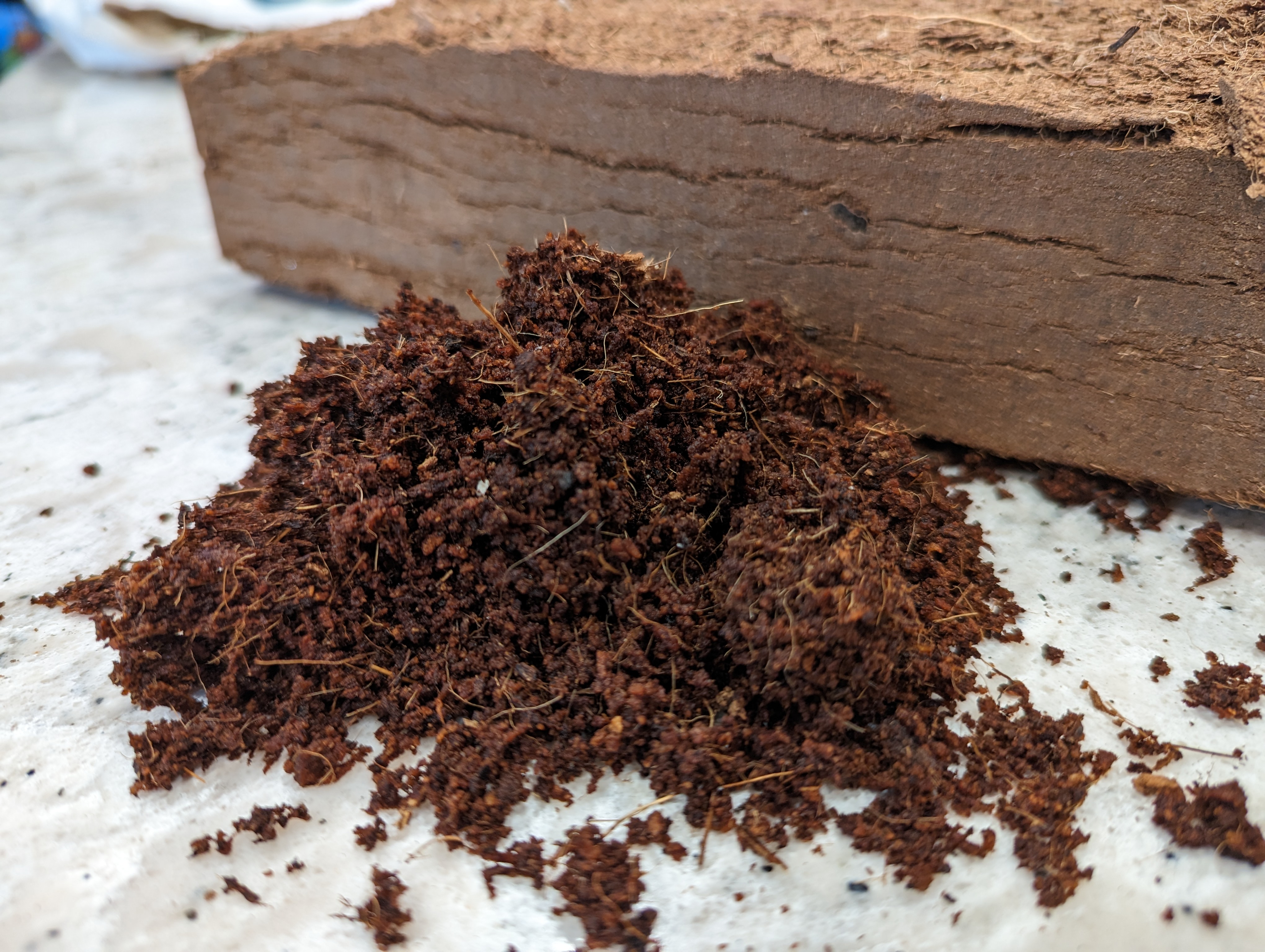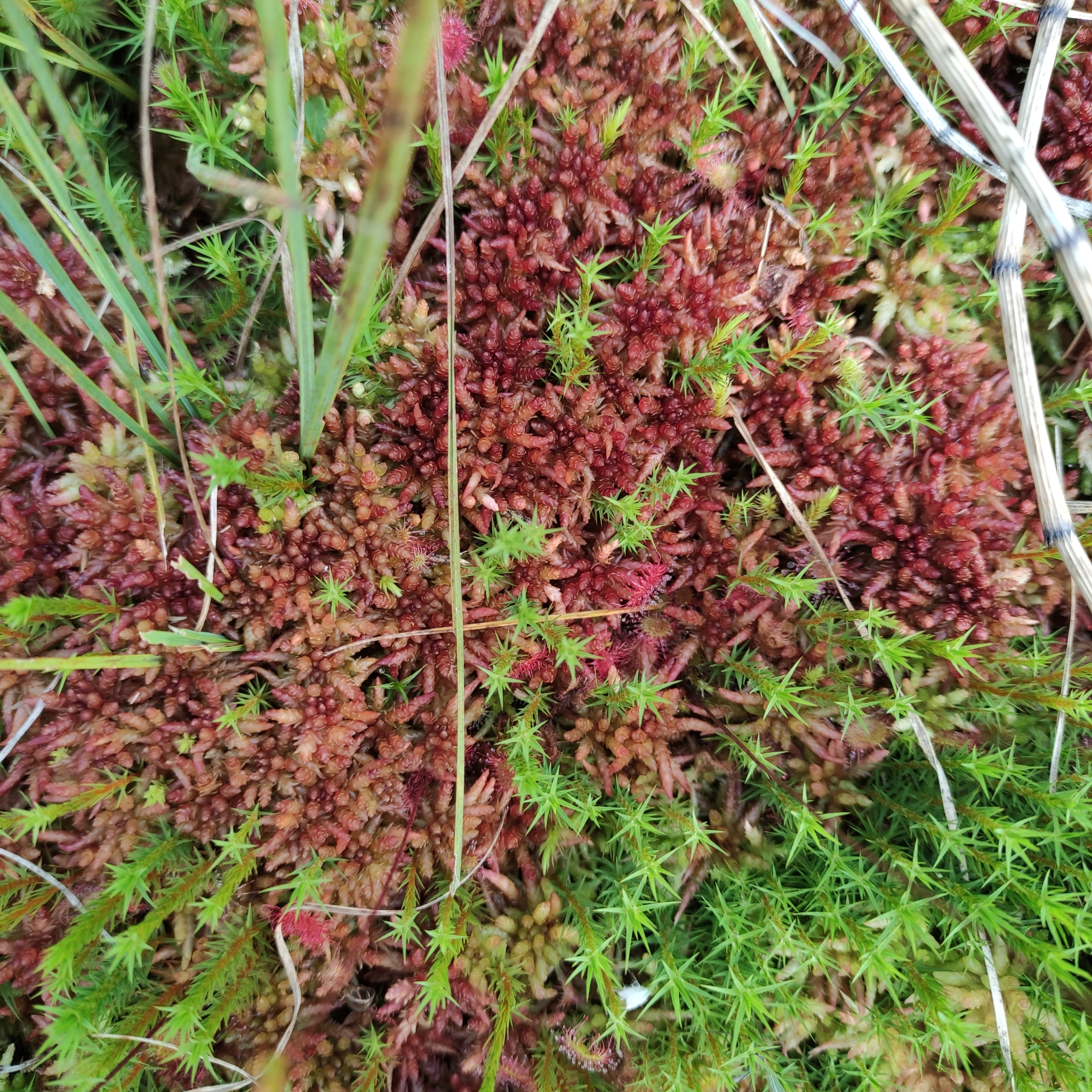Peat moss has been getting a bad reputation lately, due to its environmental impact. But is it really that bad? Let’s explore this question, and you may learn that it’s not as simple as you thought.
But first, what is peat and where does it come from?
Peat Moss
Peat is partially decomposed organic matter that forms in wetlands. It is made up of mosses, sedges (think tall grasses), and other plants that have died and accumulated over time. Peat is a dark, brown or black material that is often used as a soil amendment.

To make things confusing, there is also sphagnum moss. Adding to the confusion, sometimes peat moss is referred to as sphagnum peat moss 🤯. Both sphagnum moss and peat moss begin life the same way, from the same plant. Sphagnum moss is simply the living top layer of moss from peatlands. It is then dried out and sold without much more processing. On the other hand, peat moss is sourced from the lower, dead layers. It is then ground up into finer particles and is typically sold in compressed bags.
Peatlands, or peat bogs, are a type of wetland that are home to a variety of plants and animals. They also play an important role in the water cycle. Peatlands store massive amounts of carbon, so when peatlands are drained for agriculture or development, the peat decomposes and releases carbon dioxide into the atmosphere. This contributes to climate change.
So peat moss is terrible and we should never use it…
Not quite! It depends where your peat comes from. Most of the bad rap for peat comes from the peat bogs in Scotland and Ireland, where nearly 95% of peat bogs have been depleted, primarily being used as a fuel source. However, peat moss that is harvested from Canada, which is what you’ll find at stores in the United States, is naturally replenished at a rate higher than it is harvested, so it is actually a renewable resource. Canada, which is the biggest peat moss producer, contains more than 280 million acres of peatlands. Of that amount, only 73,000 acres have so far been harvested, a fraction of the quantity naturally generated in undisturbed bogs. According to the Canadian Sphagnum Peat Moss Association (CSPMA), they work to restore peatlands that have been damaged by harvesting. After harvesting, each bog is reflooded and reseeded with shredded moss grafts, which cover the harvested site within 5 years. The peat bog is naturally restored in 10-15 years. As with any industry group, you’d be right to be skeptical of these claims, but the situation in Canada does seem to be very different than in other countries.
Coconut Coir 🥥

Coconut coir has been touted as a sustainable alternative to peat moss. It is a byproduct made from the husks of coconuts. Like peat, coconut coir is also a good soil amendment, as it is absorbent and helps to retain water. However, coconut coir is also not without its environmental impact. The production of coconut coir can be energy-intensive. Additionally, the transportation of coconut coir from the tropics to your doorstep can also have a significant environmental impact.
Benefits in the garden
Here are some tips for using peat moss and coconut coir in your garden:
- Use peat moss and coconut coir in seed starting mix to help provide retain moisture, to help seeds germinate.
- Amend raised garden bed soil with peat moss or coir to help improve soil quality. Both help retain moisture and improve drainage, helping your plants grow better. However, neither peat nor coir provides nutrients; for that, you’ll need to add compost!
- Peat moss is slightly acidic, which means it is great for plants that require a low pH. There are many plants you may wish to grow that prefer slightly acidic soil, including blueberries, carrots, cauliflower, celery, cucumbers, garlic, sweet peppers, pumpkins, winter squash, and tomatoes. If your garden soil is not acidic, add a bit of peat moss to help these plants thrive.
- Use peat moss or coconut coir in potting soil to help provide a moist, well-draining environment for plants. Both are also lightweight, making it nice and easy to lift hanging baskets. Check out our soil blocking post for a good potting soil recipe.
Which to choose?

So, is coconut coir really a better alternative to peat moss? The answer is complicated. Both coconut coir and peat moss have some environmental drawbacks, but both are great for starting seeds or as a soil amendment. Ultimately, the answer depends on your situation, including where your peat comes from and the availability of peat and coir in your local area.
